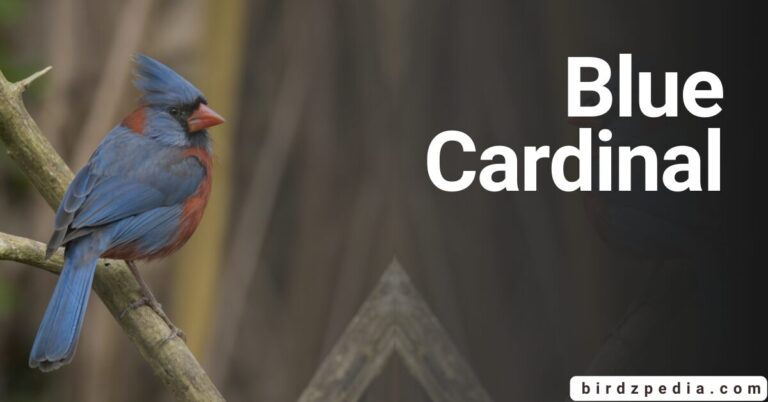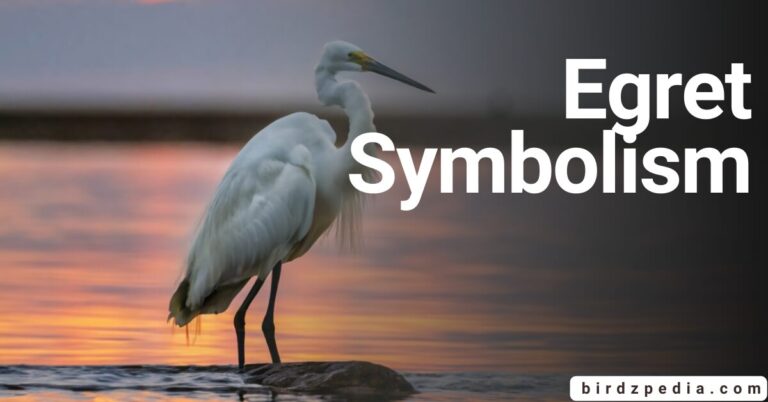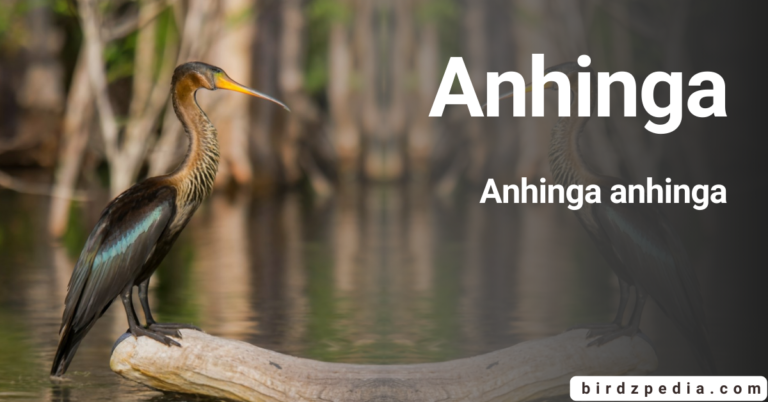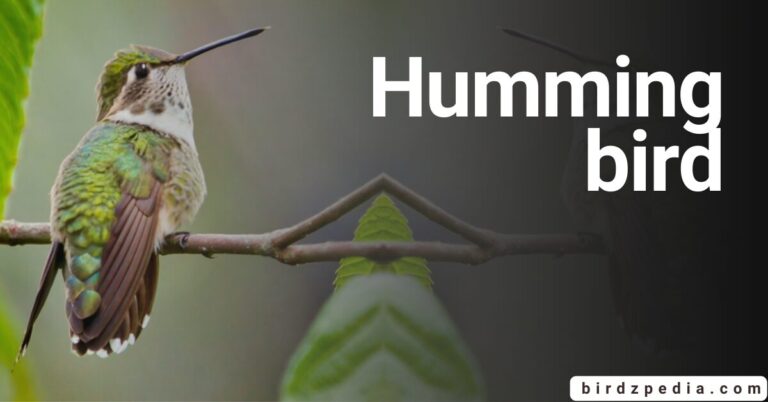Black Skimmer [Rynchops niger], Diet, Predators, and Characteristics
Scientific Classification
| Kingdom | Phylum | Subphylum | Class | Order | Family | Genus | Species |
|---|---|---|---|---|---|---|---|
| Animalia | Chordata | Vertebrata | Aves | Charadriiformes | Laridae | Rynchops | niger |
Black Skimmer
The Black Skimmer (Rynchops niger) is a seabird that resembles a tern and is a member of the Rynchops skimmer genus in the Laridae family of gulls. Breeding populations of this unique bird species can be found in both North and South America. Northern populations migrate to the warmer waters of the
Caribbean and the tropical and subtropical Pacific coasts during the winter months. On the other hand, populations in South America relocate more quickly in response to yearly floods that increase their feeding areas in river shallows. The Rynchops niger’s year-round access to appropriate habitats
throughout the Americas is guaranteed by its adaptable behavior.

Summary
- Species Name: Rynchops niger
- Classification: Tern-like seabird, part of the skimmer genus Rynchops in the gull family Laridae.
- Migration Pattern: Northern populations migrate to the Caribbean and tropical/subtropical Pacific coasts during winter.
- Southern Populations: Undertake shorter movements in response to annual floods, expanding feeding areas in river shallows.
- Distinctive Feature: Characterized by a unique, uneven bill used for low-flying, water-skimming to catch prey.
- Social Behavior: Often observed in colonies on sandy beaches.
- Call: Emit distinctive sounds during flight and rest.
- Conservation Status: Currently classified as “Least Concern,” with a decreasing population trend.
- Adaptive Behavior: Shows adaptability in response to environmental changes, ensuring access to suitable habitats across the Americas.
- Behaviour and Ecology:
- Breeding: Breeds in North and South America. Northern populations migrate to the Caribbean and tropical/subtropical Pacific coasts during winter. Southern populations undertake shorter movements in response to annual floods, expanding feeding areas in river shallows
- Feeding: Skims water surface with the lower mandible to catch prey. Forages in flight by opening the bill. Feeds in large flocks, flying low over water
- Developmental: Social bird, often seen in colonies on sandy beaches Distinctive calls during flight and rest .Adaptable behavior to environmental changes. Unique foraging behavior with elongated lower mandible dipped into the water .Nesting on open sandy beaches, barrier island beaches, and
- dredge spoil islands .Gregarious during all seasons, especially in fall and winter. Forms colonies alongside gulls and terns, benefiting from their protection

Taxonomy
The Swedish naturalist Carl Linnaeus originally described them, formally known as Rynchops niger, in the tenth edition of his Systema Naturae in 1755. This unusual seabird was given the scientific name Rynchops niger by Linnaeus. Rynchops is the name of the genus derived from the Ancient Greek
terms ῥυγχoς/rhunkhos, which means “bill,” and κοπτω/koptō, which means “to cut off.” This particular epithet, niger, comes from the Latin word meaning “black.” It is one of three closely related species in the genus Rynchops.
| Subspecies | Scientific Name | Characteristics | Breeding Range |
|---|---|---|---|
| R. n. niger | (Linnaeus, 1758) | Migratory; breeds on the Atlantic coast of North America; breeds from southern California to Ecuador in the Pacific | Atlantic coast of North America; Southern California to Ecuador (Pacific) |
| R. n. cinerascens | (von Spix, 1825) | Larger size; dusky underwings; narrow white fringe to black tail; breeds in northern and northeastern South America and the Amazon basin | Northern and northeastern South America; Amazon basin |
| R. n. intercedens | (Saunders, 1895) | Occurs on the rest of the Atlantic coast of South America south to central Argentina | Rest of Atlantic coast of South America; south to central Argentina |

Description
Between the three skimmer species, it is the largest, growing to a length of 40–50 cm (16–20 in) with an amazing wingspan of 107–127 cm (42–50 in). Males average 349 g (12.3 oz), whereas females are smaller and weigh approximately 254 g (9.0 oz). Males weigh between 212 and 447 g (7.5 to
15.8 oz). Notably, its bill is primarily black with a red basal half, and its lower mandible is noticeably enlarged. The Rynchops niger is a remarkable bird species with eyes that feature a cat-like vertical pupil and a dark brown iris. Red legs give the bird an even more stunning appearance. The adult
have a unique pattern of colors in its breeding plumage. The stunning black decoration on the crown, nape, and upper body stands out sharply against the white forehead and underparts. The back edges of the upper wings are a striking black and white combination, while the tail and rump have a dark grey
tone with white edges that contrast. Different regions have different colors for the underwings, which can range from white to dark grey. It is striking and unmistakable appearance during the breeding season is largely attributed to its particular color combination. Adult non-breeding individuals
have a white nape collar and lighter, browner upperparts. Brown upperparts with white feather ends and fringes are characteristic of immature birds. As an adult, the underwings are the same color as the forehead and underparts.

Species in same Genus
| Species | Scientific Name | Geographic Range | Notable Features |
|---|---|---|---|
| Black Skimmer | Rynchops niger | North and South America | Black crown, white forehead and underparts, distinctive bill with elongated lower mandible, dark wings with white edges on the rear, dark grey tail and rump with white edges. |
| Indian Skimmer | Rynchops albicollis | South Asia | Black crown, white forehead, and unique orange bill with lower mandible longer than the upper, distinct black collar, and a dark eye mask. |
| African Skimmer | Rynchops flavirostris | Sub-Saharan Africa | Black cap, white forehead, and a unique bill with a lower mandible longer than the upper, distinctive dark eye line, black collar, and a white patch on the wings during flight. |

Behaviour and Ecology
They frequent rivers, coastlines, and lagoons where they often lounge gregariously on sandbars.
Breeding
All over the Americas, they establish loose colonies on sandbanks and sandy beaches during the breeding season. Male and female nesting pairs incubate three to seven whitish or bluish eggs that are extensively blotched with dark pigment. Soon after hatching, the chicks leave the nest on instinct and
settle themselves quietly in the nest depression, or “scrape,” where their watchful parents have given shade. The chicks occasionally even dig their own depressions in the sandy ground. The majority of parental care occurs during the day, with feeding sessions taking place during this time. Interestingly,
there’s not much food available at night since sometimes all the adults leave the colony to go nocturnal hunting. Furthermore, the Rynchops niger is unique in that its mandibles develop unevenly quickly throughout the fledging stage.

Feeding
- Skimmers display a light and graceful flight, utilizing steady wing beats.
- They prefer feeding in large flocks, flying low over the water surface, using the lower mandible to skim for small fish, insects, crustaceans, and mollusks.
- Feeding occurs by touch, both during the day and especially at night.
- Fish prey species include Odontesthes argentinenesis, Brevoortia aurea, Anchoa marinii, Lycengraulis grossidens, Engraulis anchoita, Pomatomus saltatrix, Mugil cephalus, Fundulus heteroclitus, Anchoa mitchilli, and Odontesthes incisa.
- Females are more involved in caring for and feeding chicks, while males feed larger prey to older chicks.
- The survival of black skimmer chicks relies heavily on the availability and quality of adequately sized prey near the nest.
- Chicks under six days old may be fed up to twelve times a day, decreasing as they age, with at least one daily feeding for chicks over twelve days old.
- Skimmers primarily feed during low light levels at night, though daytime foraging is observed in preparation for nighttime feeding.

Threats
- Habitat Loss and Degradation:
- Urbanization, habitat degradation, and coastal development reduce the amount of suitable areas for their to nest and forage.
- Human Disturbance:
- Nest abandonment and decreased breeding success can result from human activities that disturb nesting colonies, such as boating, development along the shore, and recreational beach use.
- Predation:
- Eggs and chicks are at risk from animal, avian, and reptile nest predation. Success in breeding may suffer from increased predation pressure.
- Climate Change:
- The amount of prey and the accessibility of appropriate habitats can be impacted by factors such as rising sea levels, harsh weather, temperature variations, and altered precipitation patterns.
- Pollution:
- Pollution can pollute nesting and foraging grounds, altering the availability of prey and causing direct harm through ingestion. Examples of pollution include oil spills and plastic litter.
- Fishing Activities:
- They can become entangled in fishing gear, including longlines and gill nets, which can be dangerous. This can cause harm or even death, especially if birds get tangled up in it while searching for food.
- Disturbance by Pets:
- Unleashed pets, like dogs, have the potential to disturb nesting colonies, causing the birds to abandon their nests and become more stressed.
- Limited Prey Availability:
- Their main food sources may become scarce due to overfishing or shifts in prey abundance, which may have an effect on the bird’s capacity to reproduce and general health.
Lifespan
In the wild, they (Rynchops niger) has an average life expectancy of 10 to 20 years. The actual longevity of individual birds can be influenced by a number of factors, such as environmental factors, predation, the availability of food resources, and disruptions caused by humans. They
may survive longer in captivity than in the wild because they are shielded from numerous natural hazards. Like many other bird species, there might be differences in lifespan amongst members of the same population.

Speed
With a typical flying speed of about 24 to 30 miles per hour (38 to 48 kilometers per hour), they (Rynchops niger) are renowned for its beautiful flying. When searching for food, they may effectively skim the water’s surface at this speed. Remember that this speed might change depending on
the wind, the weather, and the reason for the flight (e.g., foraging, commuting, or fleeing predators).
Common Names in Different Languages
| Language | Common Name |
|---|---|
| English | Black Skimmer |
| Spanish | Rayador Negro |
| Portuguese | Talha-mar Preto |
| French | Bec-en-ciseaux noir |
| German | Scherenschnabelmöwe |
| Italian | Beccapesci nero |
| Dutch | Zwarte Schaarbek |
| Russian | Черный рыболов |
| Chinese | 黑嘴切嘴燕鸥 |
| Japanese | ムナフナネソリハシミドリカイアシ |
| Korean | 검은 부리바다도요 |

FAQs
- What is a Black Skimmer?
- It is a seabird that is distinguished by its distinct bill. Its lower mandible is longer than its upper, which enables it to skim the water’s surface for food.
- Where does they live?
- The Americas are home to the majority of them, who reproduce on sandbanks, sandy beaches, and coastal regions.
- What does they eat?
- Small fish, insects, crabs, and mollusks are among their food sources. They skim the water and capture prey with their characteristic bill.
- How does the Black Skimmer reproduce?
- The male and female incubate three to seven eggs each, and they breed in loose colonies. No sooner do they hatch than the chicks depart the nest.
- Are it is social bird?
- They do indeed live in colonies and are gregarious birds. When they are reproducing and foraging, they cooperate.
- What are the threats to Black Skimmers?
- The following are threats: loss of habitat, disturbances by humans, predation, pollution, fishing, and pet disturbances.
- How long do Black Skimmers live?
- The average lifespan of a their in the wild is 10 to 20 years. People in captivity might live longer.
- What is the conservation status of the Rynchops niger?
- Although the conservation classification is “Least Concern,” disturbances and habitat degradation may pose a local hazard to populations.
- Do they migrate?
- their population in the North may migrate to warmer waters in the winter, whereas populations in South America may move farther and faster in response to yearly floods.
- Are they nocturnal?
- They are diurnal feeders, however they have also been seen foraging at night, particularly in low light conditions.






![Little pied cormorant[Microcarbo melanoleucos]: Fascinating Details](https://birdzpedia.com/wp-content/uploads/2024/01/Little-pied-cormorant-768x402.jpg)
![Common raven[Corvus corax]: Journey into their World](https://birdzpedia.com/wp-content/uploads/2024/01/Common-raven-768x402.jpg)